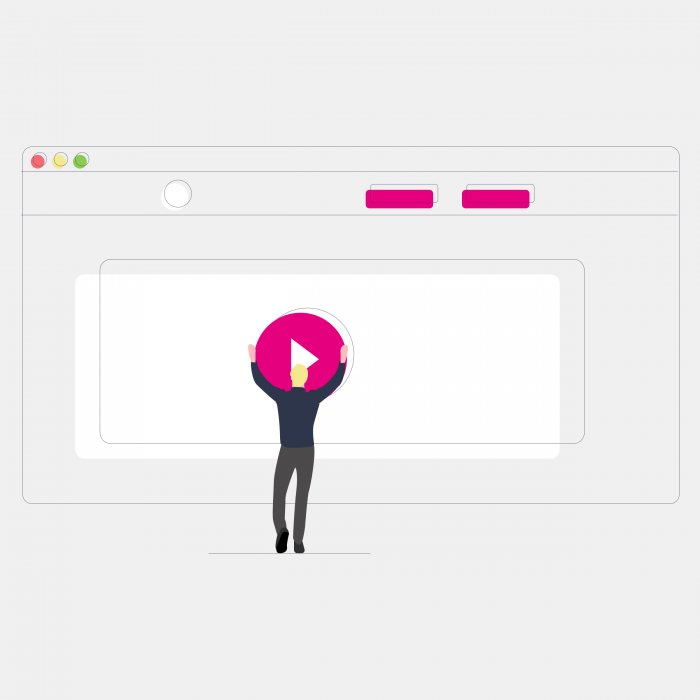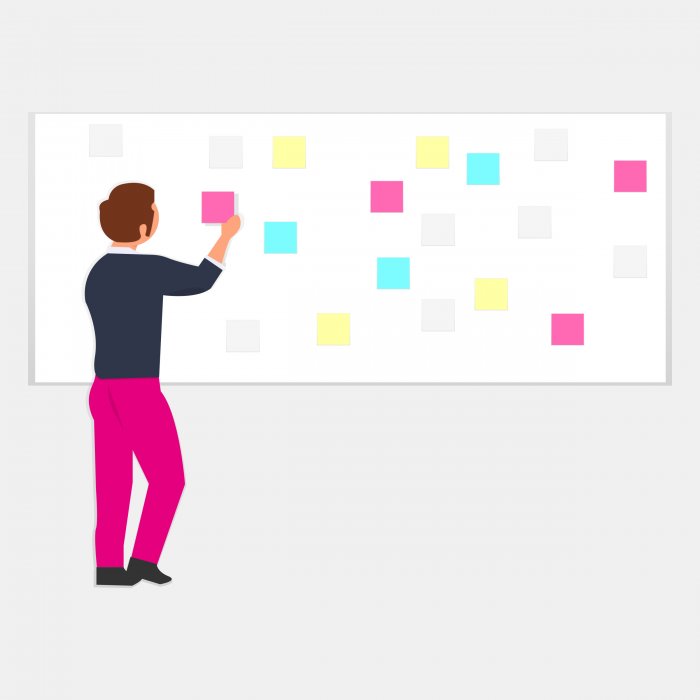We deliver thousands of creative projects every year, on time and on budget, for hundreds of different clients all over Europe. We like to think we know a few things about managing the creative process!
Check out our top tips on what you should think about to keep things on track, be it part of the BAU strategy, a launch campaign, or a one-off project.
Planning
Pre-planning is essential and can be defined across various areas:
- Objectives – First things first; you’ll want to define your objectives – What outcome do you want from this campaign? Are you looking to boost BAU objectives or will it be a test for something new? How will it benefit the wider business? Once you have these in check, you’re good to get started.
- Measurement – How it’ll be measured is probably one of the most important factors. Once you have your objectives, work cross-team to establish the analytics and data you’ll require access to measure success. Off the back of this, organise reporting templates and schedule wash-ups, as well as regular analytics updates throughout the process.
- Budget – Next, set an appropriate budget. If you’ve been given a campaign budget, ensure your agency is aware, and they will keep a close eye on spending. Consider any changes of direction, as well as extras such as physical production costs, purchasing assets and relevant licences. From this, you can also work out the resources you need to get the job done.
- Messaging – Finally, decide on what you want to say and how you are going to communicate it through the creative. Ensure all messaging is aligned cross-channel, and any above the line is threaded through if needed. Overarching brand messaging documents will help with this and should be fully briefed to your agency partners in advance.
Planning is arguably the most essential part of managing creative output responsibly. Identifying what you want and when you’re going to need it is a vital first step in the delivery of a creative project.
Communication
Leading on, you want to make sure the work you’re delivering is consistent, so you’ll need a reliable and dependable agency partner to assist with this.
One way to ensure work stays on track is responsive, agile and faster communication between teams. This can help deliver successful results, especially when delivery lead-times are shrinking. Communication is key in a fast-paced creative environment, and a lack of it will only cause further delays. Set check-ins throughout the day and longer status meetings every week to cover any updates, progress, and any potential blockers.
Communication isn’t just restricted to creative teams, either. Reviewing your objectives and progress with internal stakeholders, such as brand managers, will make them feel as though they’re being kept on the journey, and help alleviate any issues further down the line if something isn’t aligned.
Turning agile marketing from intent to reality
Empowering a partner agency
A partner agency can be a great aide to have when managing creative in a fast-paced business environment.
- Clear briefs – Early conversations and clear briefs from the outset are absolutely key to avoiding upset further down the line. Set up an initial meeting to run through everything, which is always easier face to face, and allow them time to take anything back to their internal teams to consider before collating and sharing questions. Also, remember you’ve hired them to unleash their creativity, so try not to be too overpowering with the brand messaging as this can seriously hinder projects.
- Resource – Ensure you have enough dedicated resources on the project, including personnel across all levels. This means brand, communications, senior stakeholders and legal teams, as well as designers and other creative studio members with varied skill-sets. Make sure your agency has a proper project management system that can control production costs and provide you with key contacts throughout, so you’re aware who will be dealing with your day-to-day, and who will be delivering the creative.
- Collaboration – Being able to trust a partner agency is a huge plus. Collaboration works best when you can rely on them to know what you want, so you don’t have to spend half the time checking in. A good client-agency relationship will spark motivation too, and it means material received has a higher chance of being right the first time, requiring minimal amends. Setting aside time for regular and honest feedback so you can feed in from a brand perspective will benefit the collaboration process, as will securing time to share any results and data along the line.
- Commitment – Commitment is a huge one – You need to know that agency partners will be delivered as and when they say, so deadlines are stuck to and delivery dates don’t get delayed. Educating team members will help avoid this, ensuring they’re aware of internal sign-off dates so content can be shared with plenty of time for feedback.
Top 10 tips to maximise your brief
Overcoming roadblocks
It’s natural that you’ll come across roadblocks in the creative process, but knowing how to address and overcome them is the most crucial thing.
Know how to manage your internal stakeholders – Enlist their help but have them trust your team enough to be able to deliver on the project without hand-holding. Also, share your opinion and push back if you feel feedback might be too subjective.
Ensure everyone involved is aware of the hard timescales, such as toolkit delivery, printing, postage, website aspects, TV adverts, and anything else which impacts go-live. Doing this early on and having the right people involved can save a lot of time, money, and ultimately headaches down the line.
Time management
Last but by absolutely no means least, time management is king when it comes to effectively manage creative. Plan each day in advance so you know how to manage both your time and your team’s time; set timelines for delivery and block time to focus. You could even put it in your calendar, making sure no one drops in overlapping meetings if that helps.
It’s a long yet rewarding journey, and the main thing to remember is why you’re doing it (you love your job), and the end-goal, or the outcome, is something you can all be immensely proud of as a team.
If you want some help with your next creative project, get in touch.




Recent Comments